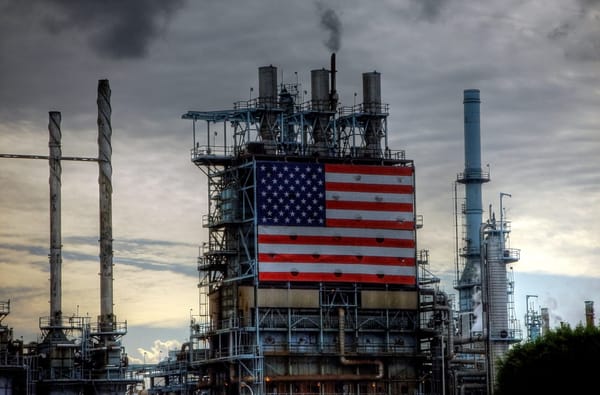Donald Trump returned to the White House on a clear promise to put America’s workers first. It’s a deal he made with the American people—to rebuild the nation from the bottom up, so that wages rise faster than the cost of food, medicine, and electricity. That vision remains as compelling today as it was in 2016. But in a recent interview with Laura Ingraham, President Trump made several comments that left many of his supporters questioning whether his administration is staying true to its “America First” principles.
For instance, asked about his proposal to admit more than 600,000 Chinese students to US universities, the president replied, “If we were to cut that in half … you would have half the colleges in the United States go out of business.” He added, “You don’t want to cut half of the students from all over the world … I don’t want to do that.”
“We’ve already seen that America First economics can work.”
This answer echoed Trump’s recent praise for the H-1B visa program, which allows US employers to hire foreign workers in “specialty occupations.” The president suggested that America must import foreign “talent” because “we don’t have enough skilled workers here.” But as Norman Matloff has documented in these pages, bringing in foreign workers discourages Americans from obtaining skills.
What propelled both of Trump’s successful campaigns was the promise to restore good, stable, middle-class employment for Americans—not import labor. If MAGA is to have a future, it must return to “America First” principles: protecting workers, promoting industry, and balancing trade.
We’ve already seen that America First economics can work. During President Trump’s first term, the tariffs he imposed on steel and aluminum imports helped spur investment, revive domestic production, and create thousands of new jobs. I know this well: My 107-year-old, family-owned manufacturing company expanded our business opportunities when companies started to reshore their supply chains. In fact, we’ve recently won orders that are helping us fill up our production capacity. We’ve brought mothballed metal-stamping equipment back to life. And we’ve raised worker pay and benefits by 5 to 8 percent this year, outpacing inflation.
But further success is not guaranteed. Foreign policy summits are dominating headlines, and consuming much of the administration’s attention. But in the long term, strengthening America’s position on the global stage requires reviving American industry. That’s why the White House must bring laser focus to rebuilding US manufacturing.
Today, trillions of dollars in private capital are waiting for clarity on the administration’s commitment to America First. As just one example, consider America’s dependence on China and India for generic prescription drugs. With decisive leadership, the administration could jump-start new US pharmaceutical production—and reduce import dependence while creating thousands of high-quality jobs.
The president already has the tools to act. Section 232 of US trade law empowers him to impose tariffs whenever imports threaten national security. The administration should move swiftly to finalize its 232 investigations on solar panels, generic pharmaceuticals, critical minerals, robotics and industrial machinery, and other advanced technologies.
If the Trump administration doesn’t clearly reaffirm a commitment to the core principles of MAGA economics—building, buying, and hiring American—it risks losing not just momentum, but the movement Trump built. America First must mean jobs first.
